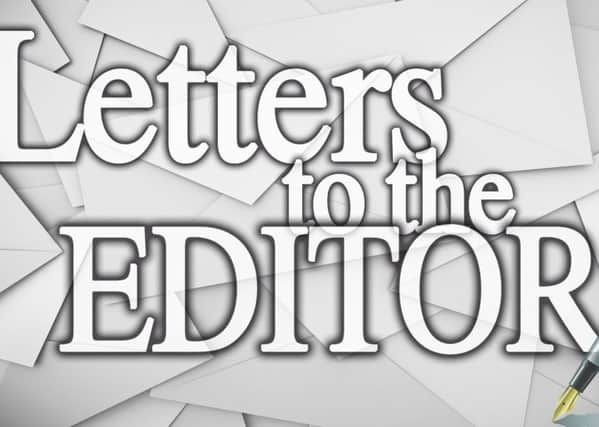Ethnic cleansing happened in former Yugoslavia but not to Protestants in independent Ireland


In the essay to which Mr Rainey refers Hart clearly stated that the actions of the IRA did not meet the criteria for being described as such:
• The resources and authority of the state were not ‘in the hands of one group directed at another’;
• a racial or sectarian ideology was absent;
Advertisement
Hide AdAdvertisement
Hide Ad• ‘any real threat or provocation on the part of the target group’ was absent;
• ‘violence at totalising or eliminationist levels’ was absent.
Similarly, in regard to loyalist violence in Belfast in 1922 ‘the vital ingredients of ethnic cleansing were lacking’.
While accepting a strong ethnic dimension to revolutionary violence in Ireland between 1920 and 1922, Hart stated categorically that ‘Neither republicans nor unionists held the goal of an ethnically purified homeland by exclusion or forced assimilation.’
Advertisement
Hide AdAdvertisement
Hide AdScholars of the revolution in Ulster identify the violence at Altnaveigh and elsewhere along the border, in both the 1920s and 1970s, as what Frank Wright identified during the Troubles as ‘representative violence’, aimed at punishing ‘a great number of people … for something done by the community they came from’, in an effort to deter repeated actions.
Ethnic cleansing occurred in the former Yugoslavia in the 1990s. It did not happen in Ireland in the 1920s, or to the Protestant population of independent Ireland more generally after 1921.
Dr Marie Coleman, School of History, Anthropology, Philosophy and Politics, Queen’s University Belfast